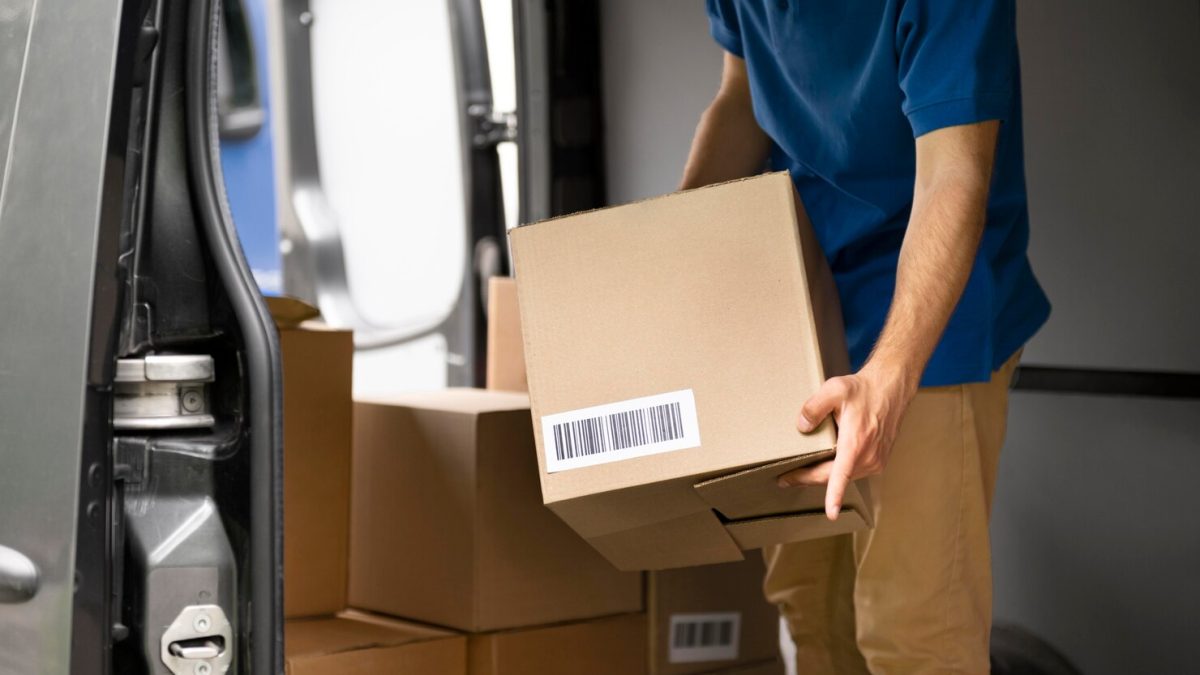Best Shipping Options for eCommerce Startups
Starting an eCommerce business? Great! But here’s the kicker—figuring out how to get products to your customers efficiently, affordably, and reliably is one of the biggest challenges you’ll face. Let’s break it all down so you can choose the shipping options that best suit your startup.

Understanding the Importance of Shipping in eCommerce
Shipping as a Customer Experience Driver
Shipping isn’t just about moving products; it’s a key part of the customer journey. Fast and reliable delivery can turn one-time buyers into lifelong fans.
Impact on Brand Reputation
Ever ordered something that took ages to arrive or came damaged? Frustrating, right? Poor shipping can tarnish your brand’s reputation faster than you can say “overnight delivery.”
Key Factors to Consider When Choosing a Shipping Option
Cost-Effectiveness
Every penny counts for a startup. Look for options that strike a balance between affordability and reliability.
Delivery Speed
Speed matters. Many customers are willing to pay extra for quicker delivery, but it’s all about managing expectations.
Scalability for Business Growth
As your startup grows, your shipping solution should grow with it. Choose providers who can handle increased volumes seamlessly.

Popular Shipping Options for Startups
Local Couriers
Perfect for hyper-local deliveries, these are cost-effective and quick.
National Shipping Providers
Think FedEx, UPS, and USPS. They offer standardized services that are great for reaching customers across the country.
International Shipping Partners
Going global? Companies like DHL specialize in international logistics, making it easier to serve customers worldwide.
Comparing Shipping Strategies
In-House Shipping
Ideal for small startups with limited orders. You have complete control but bear all the responsibility.
Outsourced Fulfillment Centers
Hand over the logistics to the pros. They handle storage, packing, and shipping, letting you focus on scaling your business.

Benefits of Partnering with Third-Party Logistics (3PL)
Improved Efficiency
3PLs streamline operations, reducing delays and improving delivery times.
Access to Advanced Technology
Many 3PL providers offer tools like automated inventory management and data analytics to optimize your supply chain.
Technology’s Role in eCommerce Shipping
Shipping Software Solutions
Platforms like ShipStation and EasyPost simplify everything from label creation to carrier selection.
Real-Time Tracking and Notifications
Customers love knowing exactly when their order will arrive. Tracking builds trust and reduces support tickets.
Challenges in eCommerce Shipping
Handling Returns Effectively
Returns are a fact of life in eCommerce. A seamless return process can turn an unhappy customer into a repeat buyer.
Managing Seasonal Demand
Holidays can mean a surge in orders. Plan ahead to avoid delays and stock shortages.
Tips for Optimizing Shipping Costs
Negotiating with Carriers
Carriers often provide discounts for higher volumes. Don’t hesitate to ask for a better deal.
Offering Free Shipping Strategically
Everyone loves free shipping, but it’s not “free” for you. Offer it for orders above a certain amount to boost sales.
Green Shipping Solutions
Eco-Friendly Packaging
Biodegradable and recyclable materials can reduce your carbon footprint.
Carbon-Neutral Delivery Options
Some providers offer carbon offset programs to make deliveries more sustainable.

Case Studies of Successful eCommerce Shipping
Small Business Success Stories
Look at startups like Warby Parker, which excel at fast and reliable shipping.
Lessons from Industry Giants
Amazon’s Prime delivery has set a high standard. Learn from their logistics strategies.
Preparing Your Startup for the Future of Shipping
Adopting Drone Deliveries
Drones are fast becoming a reality in the shipping world. Stay ahead of the curve by exploring this technology.
Exploring Autonomous Vehicles
Driverless trucks are being tested to revolutionize the logistics industry. Keep an eye on this trend.
Conclusion
Choosing the best shipping option for your eCommerce startup is like finding the right shoes for a long hike—it’s all about fit, comfort, and endurance. From local couriers to global shipping giants, the options are plentiful. By focusing on cost, speed, and sustainability, you’ll build a shipping strategy that keeps your customers coming back.
(Maybe you are also interested: How to Get Followers on Pinterest)
FAQs
1. What’s the cheapest shipping option for startups?
Local couriers are often the most affordable for nearby deliveries. For broader reach, USPS and similar services offer budget-friendly solutions.
2. Should I handle shipping in-house or outsource it?
In-house shipping works for small volumes, but outsourcing to fulfillment centers or 3PL providers saves time and scales better as you grow.
3. How can I make my shipping eco-friendly?
Use biodegradable packaging and partner with providers offering carbon-neutral shipping programs.
4. What’s the best way to handle international shipping?
Work with specialists like DHL or FedEx, who have expertise in navigating customs and international logistics.
5. How do I manage shipping during peak seasons?
Plan ahead by stocking up on inventory, negotiating with carriers for capacity, and communicating clear delivery times to customers.

